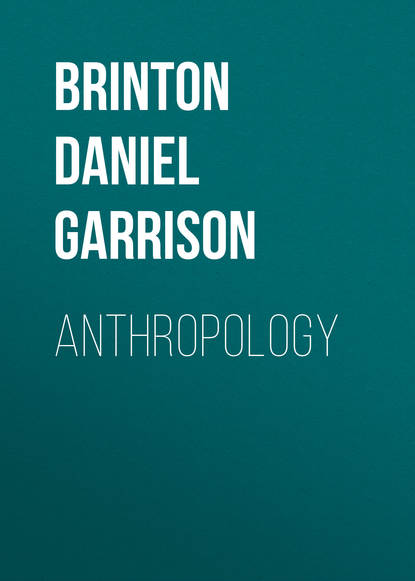По всем вопросам обращайтесь на: info@litportal.ru
(©) 2003-2024.
✖
Anthropology
Настройки чтения
Размер шрифта
Высота строк
Поля
Study of metal implements. Hammering, smelting, casting. Results of exposure. Analysis of alloys. Coins, etc. Study of pottery. Pastes; burning; glazing; forms; decorative designs; painting and coloring.
Textile materials; ancient cloth and basket work; feather work.
Methods of making casts and models; taking squeezes, rubbings, copies, and photographs. Drawing, shading, and coloring ethnographic charts.
Practice in preserving, mounting, arranging, and classifying specimens. Tests for the detection of frauds. Incrustations, dendrites, etc. Practice in reducing unknown tongues to writing, by the ear. Practice in the repetition of unfamiliar phonetic elements. Study of the actions of the lingual muscles in the production of sounds.
LIBRARY WORK
Researches in the history of anthropology.
Making lists of works and articles on special subjects, with brief abstracts.
Notes of the proceedings of anthropological societies and the contents of journals.
Presentation of the theories of particular writers on the science.
Familiarize the student with the past and present literature of his branch.
FIELD WORK
Methods of surveying, photographing, and plotting ancient remains.
Plans for taking field-notes.
Instruction in the proper methods of opening mounds, shell heaps, etc., and in excavating rock-shelters and caverns. The preserving and packing of specimens.
Study of quaternary geology; alluvial deposits; river terraces; glacial scratches; moraines; river drift; loess; elevation and subsidence.
The collection of languages and dialects; of folk-lore, and local peculiarities.
TEXT-BOOKS
As the plan of study here proposed is largely that which I have pursued and developed in my own lectures and published works on the subject, I may be permitted to insert the following list of these: —
Anthropology and Ethnology. 4to, pp. 184. In Vol. I of the Iconographic Encyclopædia (Philadelphia, 1886).
Prehistoric Archæology. 4to, pp. 116. In Vol. II of the Iconographic Encyclopædia (Philadelphia, 1886).
Races and Peoples; Lectures on the Science of Ethnography. 8vo, pp. 313 (N. D. C. Hodges, New York, 1890).
The American Race; a Linguistic Classification and Ethnographic Description of the Native Tribes of North and South America. 8vo, pp. 392 (N. D. C. Hodges, New York, 1891).
In addition to these I would name the following as among the best works for the student of this branch: —
Anthropologische Methoden. By Dr. Emil Schmidt (Leipzig, 1888).
Eléments d’Anthropologie Générale. By Dr. Paul Topinard (Paris). Also L’Homme dans la Nature (Paris, 1891), by the same author.
Précis d’Anthropologie. By Hovelacque and Hervé (Paris).
Allgemeine Ethnographie. By Friederich Müller.
Die Urgeschichte des Menschen. By Moritz Hoernes (Leipzig, 1891).
La Préhistorique Antiquité de l’Homme. By G. de Mortillet (Paris).
Anthropology. By Dr. Tylor (New York).
Elements de Sociologie. By Ch. Letourneau (Paris).
To this list I add the names of some others of the distinguished foreign living writers on various departments of Anthropology: —
In France: Bertrand, Collignon, Letourneau, de Nadaillac. In England: Buckland, Flower, Gallon, M. Müller. In Germany: Andree, Bastian, Meyer, F. Müller, Ranke, Schaafhausen, Steinthal, Virchow, Ratzel, Gerland. In Italy: Giglioli, Mantegazza.
It is highly likely that many modifications and improvements on this scheme will suggest themselves to instructors; but I may say for it that it is the carefully considered result of a comparison of the methods employed in the European schools, combined with a personal experience of some years in the presentation of the topics to classes.
Of course, the amount of attention which will be given to the separate divisions of the subject will depend on the position which the branch occupies in the student’s plan of studies – whether a major or a minor. If the latter, he should attend a course of thirty or forty lectures about equally divided between the four headings under which the science is here presented, and should give double as many hours to laboratory work.
This is the minimum which would give him any adequate notion of the science. If, on the other hand, it be taken as a major, or principal subject, the greater part of his time for two or three years will be fully occupied in preparing himself for independent work, or for the instruction of others.











